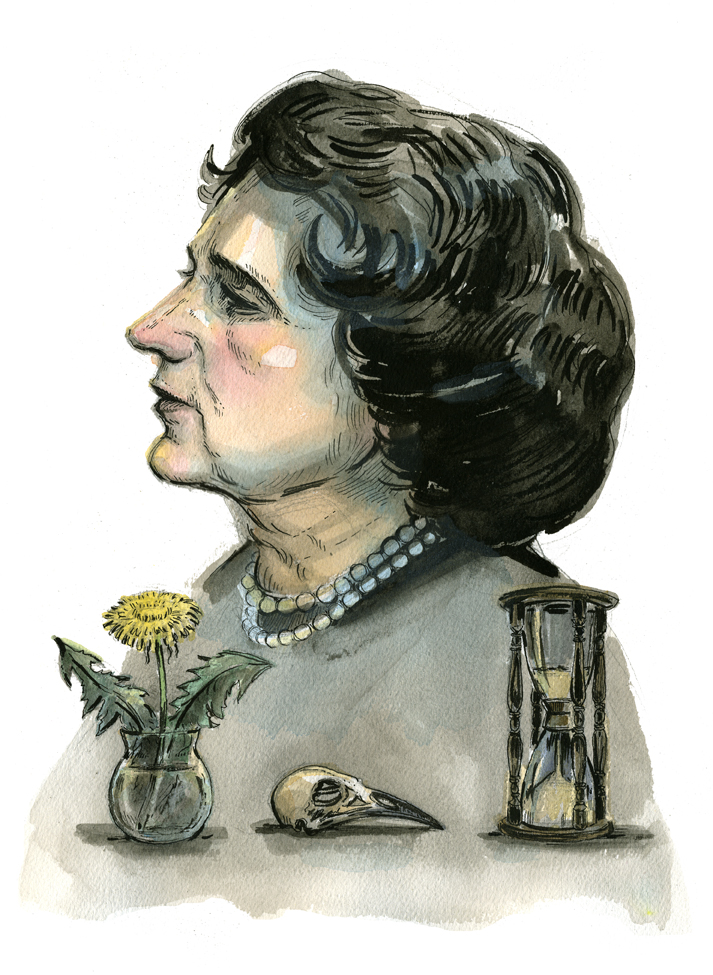


A year ago, a deluge of stories about the ecologist and science writer Rachel Carson hit the Internet for the fifty-year anniversary of her environmental exposé Silent Spring. Since OMP wasn’t around a year ago, I will take this opportunity to instead acknowledge the fifty-first anniversary of her book’s publication.
Rachel Carson’s work gets twisted today, both by environmentalists and by chemical pesticide advocates. The former tend to play up the data Carson used to show the dangers of DDT and other organochlorine pesticides. The latter call her work a passionate argument against pesticides and proselytizing.
Neither view is entirely accurate.
For those who have not read Silent Spring, or even for those who have, I’d like to point to a section that appears early in the book, on page 12:
“It is not my contention that chemical insecticides must never be used. I do contend that we have put poisonous and biologically potent chemicals indiscriminately into the hands of persons largely or wholly ignorant of their potentials for harm.”
Toxicologists like to say that the dose makes the poison, a reference to the Renaissance physician Paracelsus, who founded the field of toxicology. What Paracelsus meant was any material has the potential to be hazardous. Whether it actually crosses the line into danger, however, depends on quantity. Water is vital for life but if you drink too much, it can kill you. Inorganic arsenic, on the other hand, is a nasty poison. But it is also sometimes used to treat certain cancers.
Carson wasn’t insisting on dismantling the chemical pesticide industry or banning pesticides altogether. Instead, she advocated for reasonable changes. Her book published in a post-war era that embraced widespread, indiscriminate use of pesticides and many other modern chemicals. In response, she was basically saying: Hey, maybe don’t use quite so much of that poisonous stuff? Maybe stop spraying it from airplanes? And maybe think about what dose levels kill which kinds of animals or makes them sick?
I also think it’s worth considering Carson’s passage in the more general discussion of what a technology is versus how it is used. She explicitly says that she’s okay with using chemical pesticide as a tool in general. But she’s not down with that tool in “the hands of persons…ignorant of their potentials for harm.” In debates on modern crop protection (GMOs, anyone?), it is worth separating tools from their potential uses when throwing around labels such as “good” or “bad.” It’s also worth considering that pesticides and other technologies aren’t curealls, but should be used as a complement to other resources. In pest control speak, this is called integrated pest mangament, a tactic Carson advocated for decades ago and that is in place in many programs today.
***
Additional Reading
For more on the history of DDT, read David Kinkela’s thorough and balanced DDT & The American Century. Kinkela was similarly struck by Carson’s position on chemical insecticides, calling the quote I highlight above as “perhaps the most overlooked passage of Silent Spring.”
For more on how modern campaigns twist Carson’s intentions, see “Rachel Carson Didn’t Kill Million of Africans,” by William Souder at Slate.
